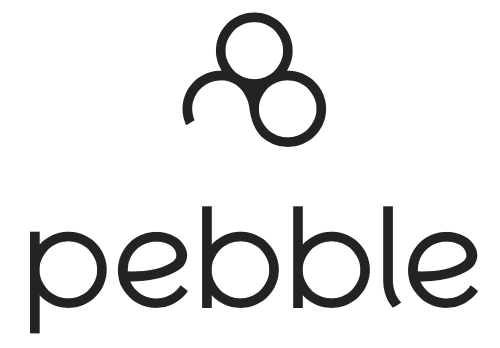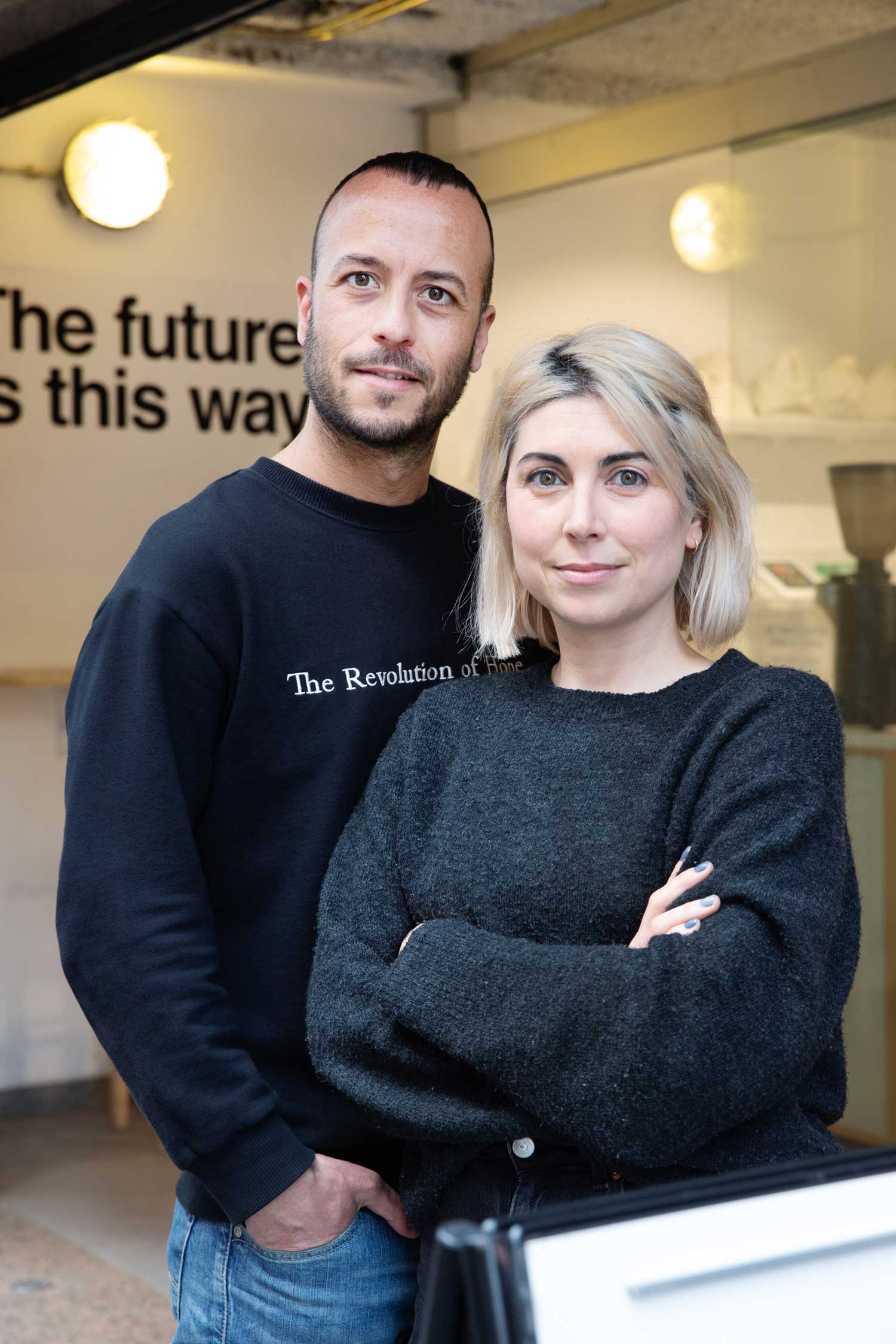The climate crisis is one of the biggest challenges of our time. But what if your employer isn’t doing anything about it? Andrew Griffiths of Planet Mark, which helps companies empower their people to tackle climate change, shares tips on what you can do, in this curated article from Pebble magazine.
It can be difficult to know where to start when looking at minimising your impact on the planet.
What we do know is that it’s becoming increasingly more important not only to individuals (from January to April 2020 there was an increase of over 4,000% in Google searches for how to live a sustainable lifestyle, according to Kate Brandt, sustainability officer at Google) but also to businesses.
We are also discovering the benefits of businesses going green.
For one, companies with a higher environmental, social and corporate governance (ESG) score have been more resilient during the Covid-19 crisis, according to Forbes.
With more companies electing to continue working from home rather than going back into the office environment, online working will also impact the way we approach sustainability.
Here are five practical ways to get sustainability on your employer’s agenda.

You might be surprised at how much influence you can have by just talking to people about sustainability. Photo: Thomas Barwick/Getty Images
1. Start talking
Normalising the topic by weaving it into everyday life at work is a good place to start.
The beauty of sustainability is that it is part of pretty much everything we do, so there are plenty of opportunities to switch to more sustainable practices and find the ones that make sense for you.
These are then great to share with your colleagues through your online meetings as, the chances are, if you enjoyed the switch, they will too.
For example, if you enjoyed making the switch to cycling more now that you are working from home rather than always relying on the car, you could talk about the advantages to your health and wellbeing, alongside the environmental benefits.
Cycling can easily be done before work, during the lunch break or after hours, and aside from being very relaxing, it’s also a quality family time activity which will help with your work-life balance.
Maybe you swapped meat for a plant-based meal one night during the week. You could mention how substituting meat for plant-based alternatives just a couple of nights a week has reduced your shopping bill as well as your carbon footprint.
By sharing your own individual actions, you might be surprised to find that others in the company are also just as motivated to do something.
Even though you might not be meeting your colleagues in person very soon, you can suggest this topic for your weekly team calls, consider including sustainability as a separate topic in the company’s internal newsletter or even sharing pictures about your journey on your team’s chat box.
Framing your discussion in a positive way – talking about the opportunities to better the planet – can be an effective way to get others on board.
Finally, identifying what your business really cares about can make a huge topic, like sustainability, personal.
If your business is concerned about deforestation, there are charities that you could partner with.
If your company is concerned by fossil fuels, it would be worth looking at your energy supplier.

Different people are motivated by different things. Photo: Bo Zaunders/Getty Images
2. Consider your audience
Different stakeholders in the business will have varying priorities.
You might be speaking to certain people who are harder to convince, so it’s worth sharing the strong business case for becoming more sustainable.
Many studies have demonstrated the business advantages for going green, including costs saved due to cutting carbon, attracting talent and reducing employee turnover.
Encouraging more sustainable behaviours is not only a benefit for a business’ triple bottom line – social, environmental and financial – it can also help improve staff health and wellbeing.
For example, walking and cycling as opposed to driving can improve our health and wellbeing, so can reducing our red meat intake. Fewer cars around our offices also reduces exposure to air pollution.

Cutting down on single-use plastic is just one of the many practical things offices can do. Photo: Westend61/Getty Images
3. Measure your footprint and make practical suggestions
Once you’ve engaged with the right people, you can make some practical suggestions based on the areas you’ve identified that are important to you and your business.
You can’t manage what you don’t measure – so measuring your carbon footprint is one of the most important things you can do to start this journey.
At The Planet Mark we have created a simple way for businesses to get a clear picture of all their environmental impacts using one metric – carbon dioxide.
Once you’ve measured your carbon footprint, you can then start to put into place practical solutions.
You don’t need to have all the answers, but you can start by focusing on a particular area.
For instance, if you care about single-use plastic then you could make suggestions to start improving recycling in the office or reviewing procurement and supplier policies for when you’re all back at work, and bear in mind the same practices for your household while you’re working from home.
Or are we sending too many emails?
A recent study by OVO Energy found that 64 million emails are sent unnecessarily every day, with ‘thank you’ emails topping the list of offenders.
It stated that if each adult sent one less email a day, Britain could reduce its carbon output by 16,433 tonnes – equal to more than 81,000 people flying from London to Madrid.
Can we reduce our energy consumption?
While we work at home our energy consumption is likely to increase, especially during the cold months.
So, think about whether you need to heat every room or could just heat the room you are working in, and turn off lights and appliances when you have finished using them.
While the kids are being schooled at home again, think about repurposing tins, bottles, toilet rolls and plant pots etc for their school projects.

Becoming more sustainable is a journey we can share. Photo: Sam Hojati/Unsplash
4. Engage with the whole business
By sharing stories and showcasing effective initiatives along the way, you can demonstrate the success of your sustainability journey. Stories will help to bring life to the statistics behind your impact.
Measuring your improvements and celebrating achievements is crucial – even if you start on a small scale and build up.
For example, if you’ve managed to convince your team to go meat-free for a week – share this success! Take photos, share recipes, and support each other to go beyond.
Capturing and showcasing this success upwards or across peers is a vital driver for change and helps to prove the case for sustainability from a business and wellbeing perspective.

Things take time to grow and flourish. Photo: _ultraforma_/iStock
5. Make it an ongoing and interactive process
Making your business more sustainable isn’t just a single tick box, it’s an ongoing process that needs open dialogue and conversation to flourish.
We’re talking about big issues so make sure you have support and a team of like-minded people who can drive change together.
It’s also important to think long-term. While we can’t solve the climate crisis overnight, we should be thinking big and not limiting our aspirations.
Finally, remember to enjoy the process of becoming more sustainable – enjoy the fact that you are making a positive difference in the world.

This article originally appeared in pebble, the UK’s leading stylish sustainable living magazine, sharing the latest ideas on ethical fashion, plastic waste, good food and eco friendly travel.
Main image: Maskot/Getty Images



